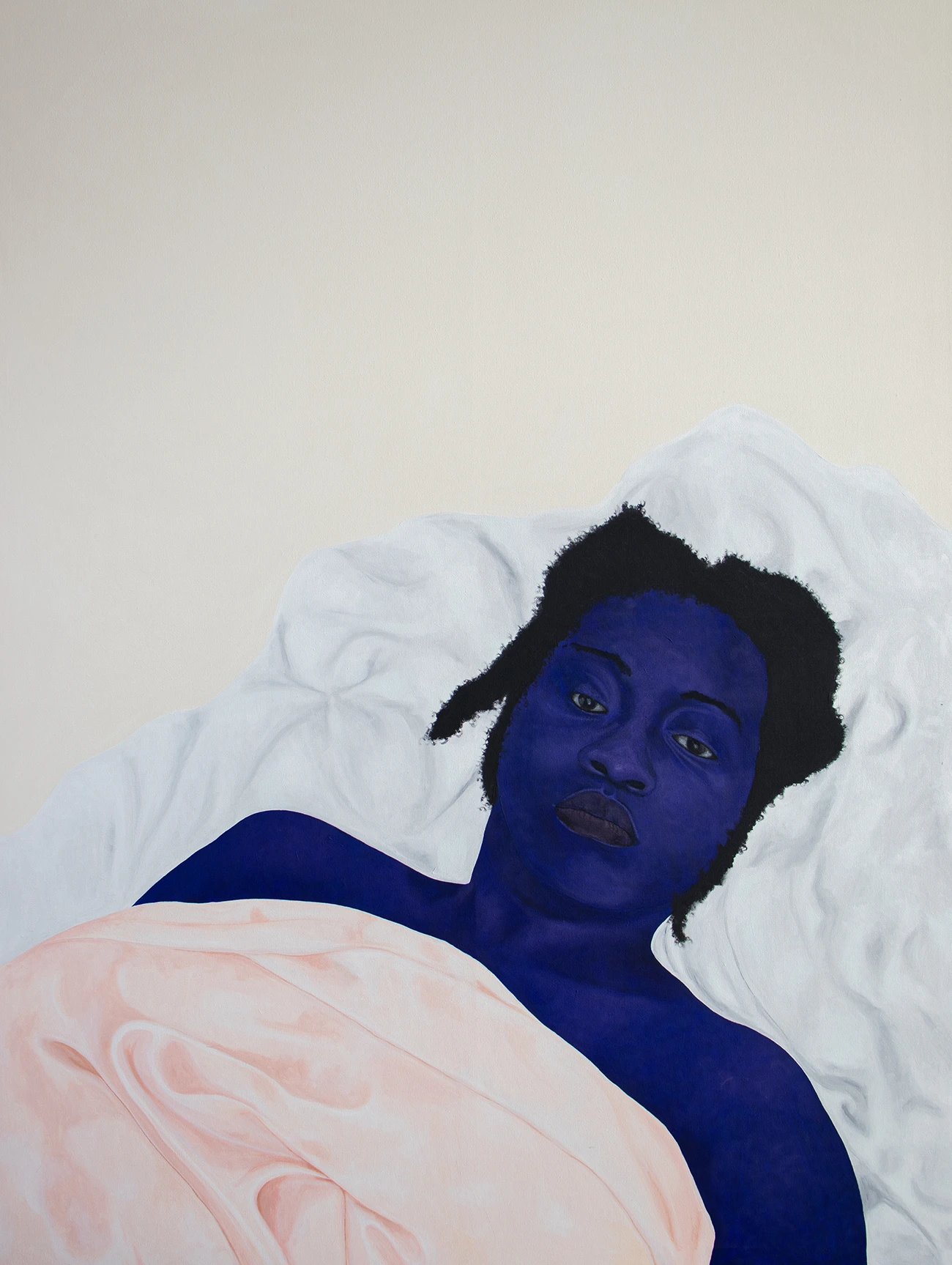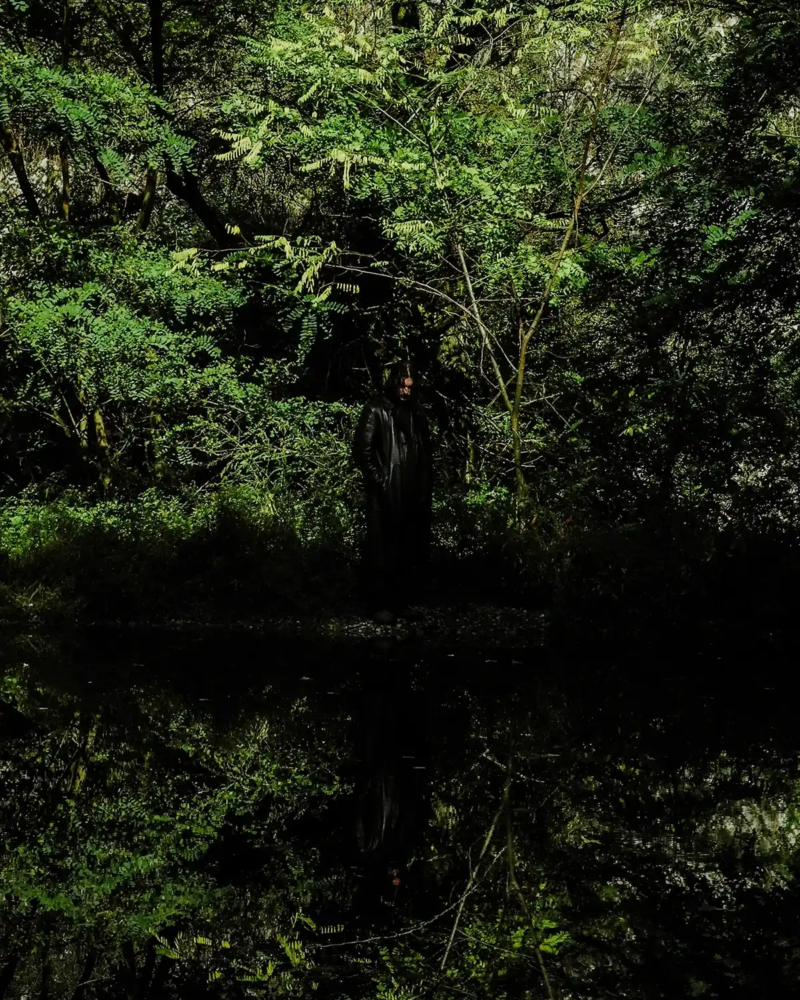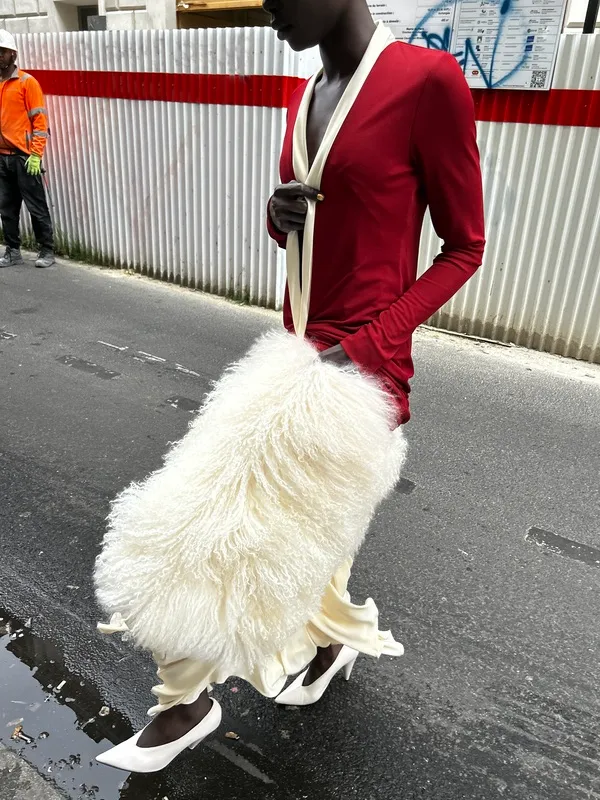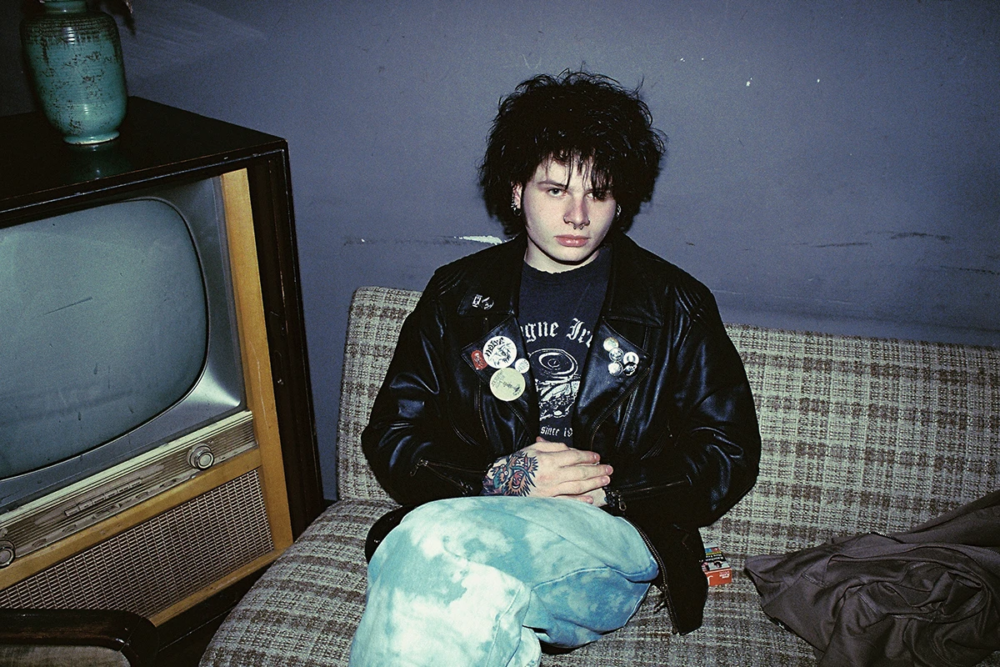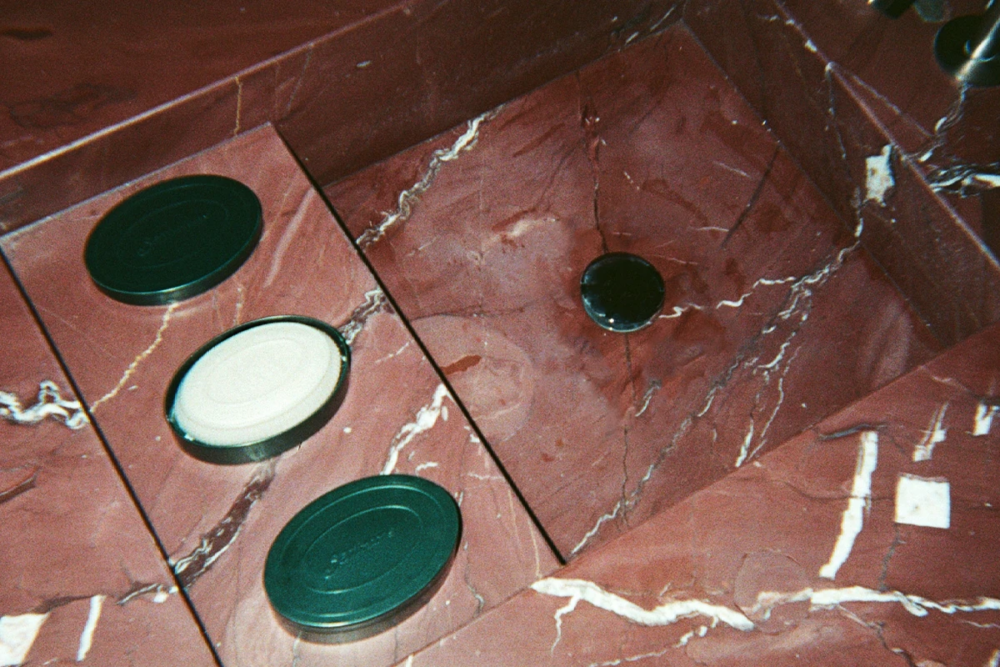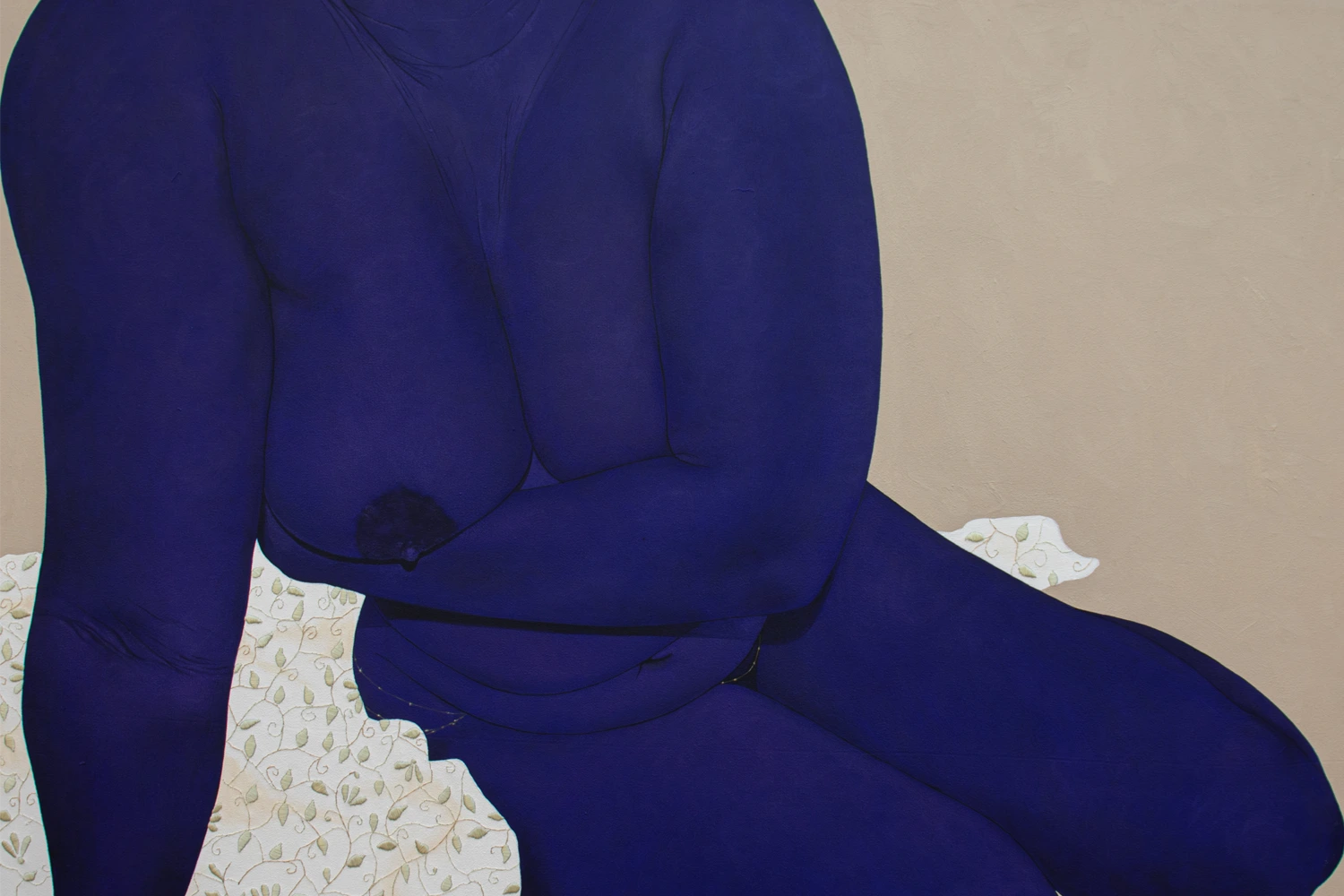
Indigo Identity: Stacey Gillian Abe’s Exploration of Memory
Through materials and autobiographical themes, Stacey Gillian Abe creates works that examine Black identity and reconstruct historical narratives
The Cultural and Symbolic Power of Indigo in Stacey Gillian Abe’s Art
Stacey Gillian Abe uses the deep, emotive hue of indigo to construct her figures: “Indigo allows the observer to initially perceive Black subjects in a different way. The use of indigo in my work emphasizes these pasts while redefining our present and future narratives surrounding the Black body. Beneath all of that, indigo is a color that has played a key part in placing the Black body in the past that has permeated into our present.”
Indigo holds deep cultural and historical significance in African traditions, symbolizing spiritual protection and carrying a complex legacy. Revered as a sacred color, indigo is often linked to the divine. In many African cultures, newborns are wrapped in indigo-dyed cloth to establish a celestial connection and offer protection. Indigo’s history is also deeply entangled with the transatlantic slave trade, where indigo-dyed textiles were frequently recorded in slavers’ ledgers as currency exchanged for enslaved people. This dual history—sacred and tragic—imbues the color with powerful symbolism across African heritage.
“The body is an observatory and laboratory for things that are invisible and unremarkable. These things get magnified and reframed. The expression of the Black body in my work is not about concealment but about appreciation and presence. They are not trying to hide who they are or how we perceive them—their imperfections included—they are simply existing through our thoughts, scrutiny, and imaginations.”

A Multidisciplinary Practice Rooted in Ancestry and Resilienc
Stacey Gillian Abe seamlessly blends painting, embroidery, ceramics, and photography in her practice: “As a child, I watched my mother embroider tablecloths every evening after coming home from her nine-to-five job. On weekends, I was allowed to learn the skill from her. She did this to supplement her income as a young mother on minimum wage, to care for her children. As I grew older, I saw how gracefully she concealed the emotional toll of working two jobs while raising a family.”
Abe studied at Kyambogo University, earning a Bachelor of Arts in Art and Industrial Design. This academic training laid a strong foundation in both traditional and contemporary techniques. Her initial focus on painting and sculpture eventually expanded to include photography and performance art. During the pandemic, she returned to painting, finding it the most effective medium to convey the core narratives of her work.
“The materials I use are shaped by the autobiographical nature of my work: I incorporate embroidery—a craft passed down through three generations of my maternal ancestry—into my paintings.”
Memory as an Artistic Language: Exploring Personal and Collective History
Exhibited at prestigious venues like the 60th Venice Biennale and Art Basel, Stacey Gillian Abe’s work explores how memory bridges the past and present: “Memory is crucial to us as human beings—it determines behavior, interaction, and defines our individuality. Everything from tying your shoes to communicating relies on memory. As an artist, memory is a conduit for revisiting and understanding the past and my personal history. It directly influences how my narratives evolve.”
She recalls a vivid childhood memory: “I remember when I received my first professional watercolor set from my uncle, who had traveled overseas. I was about seven years old and had never seen anything like it. I used to sleep with it beside my pillow, afraid I might lose it. My family couldn’t wait for the obsession to wear off.”
This deep connection to memory extends beyond visuals into the sensory realm. In her first solo show at Unit, London, Abe added sound to her installations. She layered her work with African music that her mother and aunts played during her childhood. A continuous loop of melodies surrounded the paintings, transforming sound into a vessel for memory—reviving echoes of her past and the cassette radio songs of her youth.
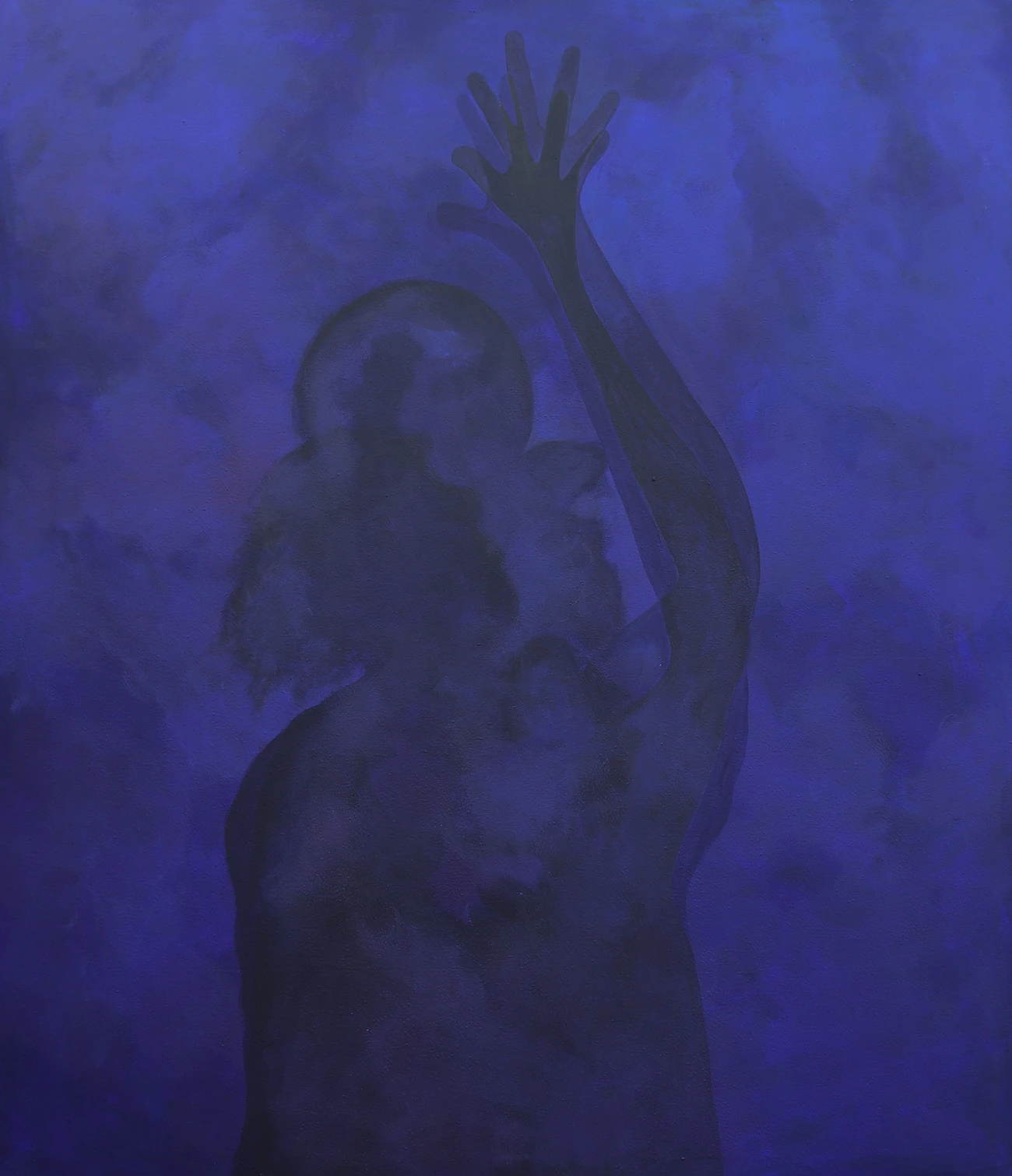
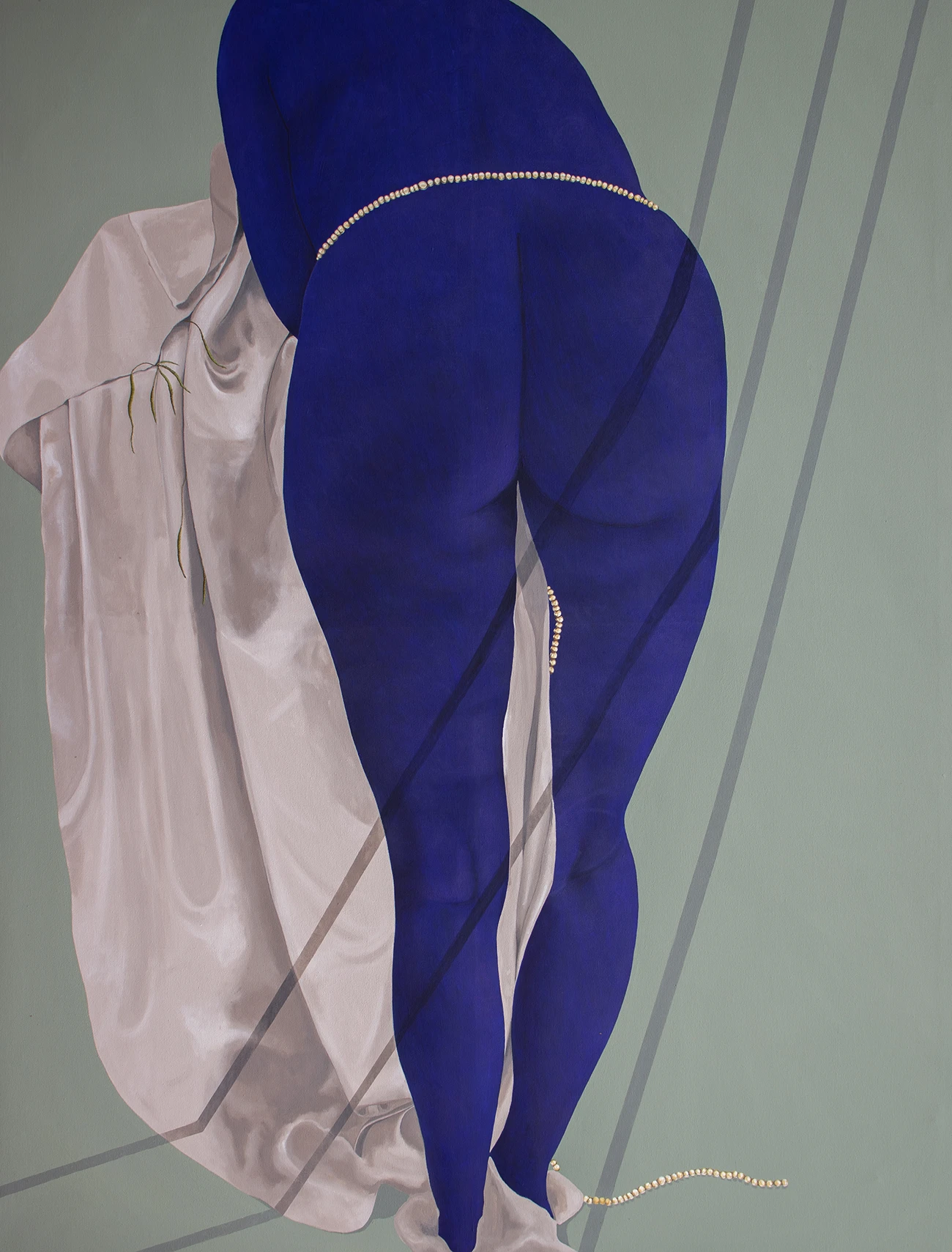
Blending Personal Identity with Global Narratives in Contemporary African Art
Stacey Gillian Abe’s participation in the Venice Biennale’s In Praise of Black Errantry reflects her unique approach to merging cultural memory with personal storytelling. Her work resonates with Édouard Glissant’s concept of “errantry”—the idea of identity evolving beyond rigid borders. When asked how she balances the personal with the universal, Abe explains: “I’m not interested in curating how segments of memory interact in my work—doing so would limit your interpretation. They feed into each other like a web or branches.”
Her exploration of identity crosses into gender, politics, and historical discourse. While her art is often seen through political lenses, Abe shifts the focus to presence and lived experience: “Every now and then, I remind myself of this: authentic self-expression, pursuing our goals, savoring life’s small joys, and taking each day as it comes—these are all parts of true joy.”
This interweaving of history and identity also connects to the spiritual. Abe’s art reflects belief systems, transcendence, and the unseen dimensions of human experience. She situates the Black body in alternative temporalities and spiritual spaces, free from imposed frameworks: “Believing in a higher existence and another dimension has helped me stay grounded while also expanding my understanding of our ongoing existence. That belief permeates my work.”
African Contemporary Art on the Global Stage: Identity, Innovation, and Influence
In recent years, African contemporary art has gained momentum globally, blending cultural heritage with bold, modern expressions that captivate collectors, curators, and institutions. This rise reflects a wider movement toward inclusivity and the celebration of diverse voices. African artists—like Stacey Gillian Abe—are challenging Eurocentric narratives and reshaping global art history by centering identity, colonial legacies, and spirituality.
Artists across the continent are experimenting with innovative materials and methodologies, pushing artistic boundaries and offering perspectives that redefine contemporary creativity. This convergence of culture, commerce, and experimentation underscores the importance of African art in today’s creative landscape. As Abe notes: “There is more to the African continent than meets the eye, and art from Africa is doing a great job in highlighting the different facets of the continent. This growing recognition of Africa’s diversity is a welcome exposure.”
Stacey Gillian Abe: Biography, Recognition, and Global Impact
Stacey Gillian Abe earned her BA in Art and Industrial Design from Kyambogo University, Kampala, in 2014. In 2018, she was named to Forbes Africa’s 30 Under 30 Creatives list. She has completed several notable residencies, including at Urbane Künste, Dortmund (2019), and Fondation Blachère, Apt (2018). Her work has been exhibited at institutions such as the Nairobi Museum, Institut Français Kinshasa, Goethe-Institut Nairobi, and the 12th Dakar Biennale.
In 2020, Abe participated in the Stellenbosch Triennale in Cape Town. Her first solo show in London, Shrub-let of Old Ayivu, was held at Unit in 2022. In 2023, her work was featured in a solo presentation at EXPO Chicago. Most recently, in 2024, she took part in the group exhibition In Praise of Black Errantry at the 60th Venice Biennale. She currently lives and works in Kampala, Uganda.
